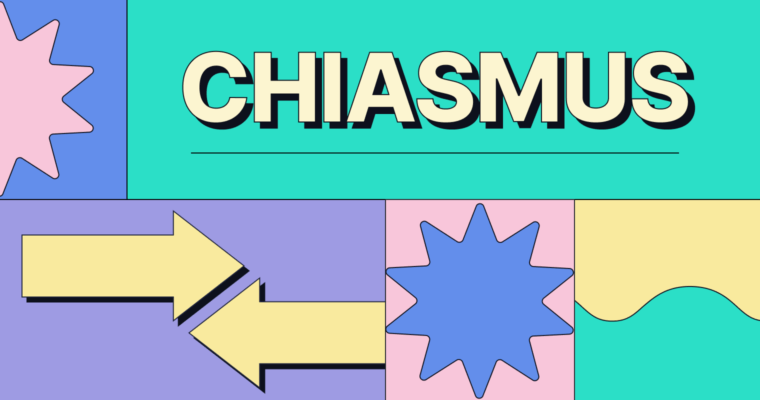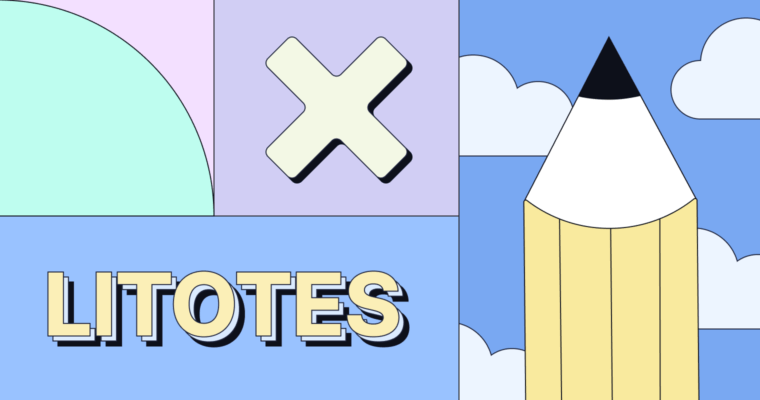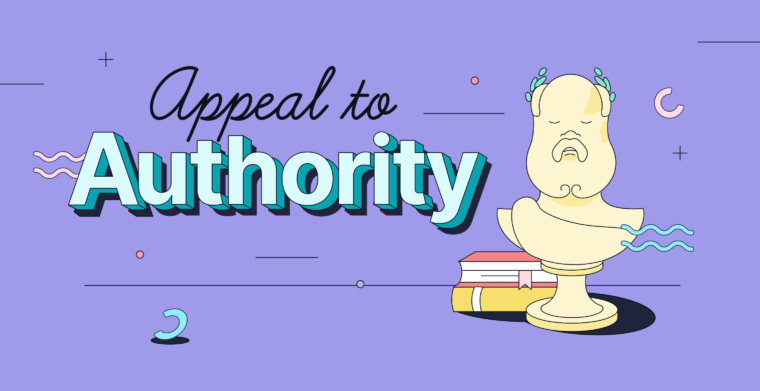
The word trope has evolved and expanded in meaning over time. Originally it came from the classical Greek concept of rhetoric—the art of effective communication. Tropes in that context are all the ways that a writer or speaker can use nonliteral language to get their ideas across and evoke the response they want.
More recently, however, the word trope has come to describe certain conventions of fictional genres in narratives such as books, movies, and television shows. Understanding both kinds of tropes is useful for crafting your own writing as well as for analyzing and writing about all types of literature. Let’s explore more.
What is a literary trope?
A literary trope is the use of figurative or metaphorical language (like a figure of speech) for artistic effect. Today, the word trope often signals a common or overused literary device. The word trope (pronounced “trohp”) comes from the Greek word tropos, meaning a turn or change of direction—a trope, in the original sense of the word, is a turning of language to a new use for purposes of persuasion or inspiration.
In literature, many tropes use figures of speech—nonliteral language. Figures of speech present ideas to us in a new way, making them vivid or surprising. There are many types of figures of speech. What follows is a list of several of them, with descriptions and examples from literature.
Simile
The simplest kind of figure of speech trope, a simile is a comparison between two unlike things by using the word like or as. In this quote, Toni Morrison uses a simile to compare her character Sorrow’s unfamiliarity with dry land to a sheep’s unfamiliarity with water:
“Sorrow had never set foot on land. It was as foreign to her as ocean was to sheep.” —Toni Morrison, A Mercy
Metaphor
Metaphor also suggests a similarity between two dissimilar concepts of objects, but unlike simile, it does so without using like or as. Here’s one from Emily Dickinson, where she compares hope to a bird:
“‘Hope’ is the thing with feathers – / That perches in the soul – / And sings the tune without the words – / And never stops – at all –” —Emily Dickinson, “Hope is the thing with feathers”
Metonymy
In metonymy, something is referred to by the name of something else that is closely associated with it. In the following quote from Robert Frost, the poet uses the word life to stand in for blood in a poem about a boy cutting his hand with a saw:
“The boy’s first outcry was a rueful laugh, / As he swung toward them holding up the hand / Half in appeal, but half as if to keep / The life from spilling.” —Robert Frost, “Out, Out—”
Allegory
An allegory is a sustained metaphor. It’s a narrative that has both a literal or surface meaning and a symbolic one, in which characters, events, and settings represent specific people, actions, or ideas. Often, an author uses allegory to comment on some historical, political, or moral reality. One famous example of an allegorical work is Arthur Miller’s The Crucible, in which the playwright uses a literal story about the seventeenth-century Salem witch trials to represent the abuses of McCarthyism, when the U.S. government was punishing people accused of being Communists.
Hyperbole
Hyperbole is literary exaggeration. In his autobiography, Gabriel García Márquez makes a claim about how long it had been raining in Bogotá when he arrived there that we understand isn’t literally true, but it certainly communicates what it felt like to be there:
“At that time Bogotá was a remote, lugubrious city where an insomniac rain had been falling since the beginning of the sixteenth century.” —Gabriel García Márquez, Living to Tell the Tale
Oxymoron
An oxymoron is a figure of speech that seems to contradict itself. The following quote from the seventeenth-century poet and cleric John Donne uses two oxymorons: “miserable abundance” and “beggarly riches”:
“O miserable abundance, O beggarly riches! How much do we lack of having remedies for every disease, when as yet we have not names for them?” —John Donne, Devotions Upon Emergent Occasions
Narrative tropes (book tropes), with examples
Over time, when figures of speech are used over and over in similar contexts, they become more familiar to people and are useful to a writer who wants to signal that they are working in that context. Another meaning for the word trope refers to literary devices:
- Characters and foils
- Themes
- Motifs
- Plot devices
- Storylines
These kinds of tropes are useful for forming a common language among writers, readers, scholars, and critics. There are certain narrative tropes that are especially associated with specific genres of literature or pop culture, though they’re not necessarily limited to those genres. Here are just a few examples of narrative tropes associated with certain genres of fiction:
- Crime fiction: the femme fatale, the lone-wolf private eye
- Westerns: black hats for bad guys, white hats for good guys; saloon brawls; gunslinger duels
- Science fiction: the chosen one character, time travel, power-mad scientists
- Fairy tales: talking animals, reversals of fortune, heroic quests
Tropes vs. clichés
Today, the word trope is frequently used to convey something negative, a synonym for cliché—a narrative gimmick or convention that has been overused. While it’s true that narrative tropes are sometimes used lazily or uncreatively to the point of cliché, writing that draws skillfully on tropes can vividly communicate a shared point of reference between writer and readers. The lesson here: Don’t be too quick to dismiss narrative tropes as a bad thing in writing.
Literary tropes FAQs
What are the two kinds of literary tropes?
The original sense of the word trope comes from classical rhetoric and refers to a figure of speech, which is a device such as a metaphor or metonymy for using language in nonliteral ways.
The second sense of trope refers to themes, motifs, plot devices, and storylines that come up repeatedly in a particular kind of literary narrative.
What are figure of speech tropes used for?
Writers and speakers use figures of speech to present familiar ideas in a new way, making them vivid or surprising.
What are narrative convention tropes used for?
Narrative convention tropes signal a shared vocabulary among writers and readers, especially within a specific fictional genre.
What’s the difference between a narrative trope and a cliché?
A narrative trope is a theme or motif associated with a certain kind of cultural form through repetition. A cliché is an idea that has become worn out through overuse.






